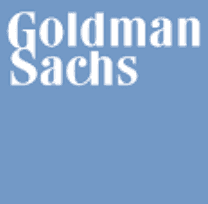Goldman Sachs build next generation Trading and Analysis platforms with Apache Cassandra
Goldman Sachs is one of the leading investment banking firms in the world. It leverages Apache Cassandra behind its trading platforms, such as those used for booking, configuring, and modeling trades and billing clients. Its trade processing and regulatory reporting functions process tens of millions of transactions per day. Specifically:
1. Trade Data Storage: Financial institutions often deal with vast amounts of trade data, including transaction records, order books, and historical market data. Apache Cassandra’s ability to handle high write and read throughput is valuable for storing and retrieving this data in real-time.
2. Risk Management: Managing risk is a critical aspect of any financial institution’s operations. Cassandra’s capabilities in storing large volumes of data and performing complex queries make it suitable for handling risk-related data, including exposure calculations, stress tests, and risk analytics.
3. Time-Series Data: Cassandra is well-suited for handling time-series data, which is prevalent in the financial industry. Time-stamped data, such as stock prices, foreign exchange rates, and interest rates, can be efficiently stored and analyzed using Cassandra’s data model.
4. Fraud Detection: Apache Cassandra’s real-time data capabilities can be leveraged in building fraud detection systems that analyze transaction data and detect suspicious activities as they happen.
5. High-Frequency Trading: In environments where low latency is critical, Cassandra’s distributed architecture allows for data to be stored and retrieved quickly, making it potentially valuable for high-frequency trading applications.
6. Regulatory Compliance: Financial institutions must adhere to strict regulatory requirements that involve storing and managing large volumes of historical data. Cassandra’s ability to scale horizontally can help meet these compliance needs while maintaining performance.




